Traditional markets are like stepping into a time machine where commerce hasn’t changed much in centuries—vendors still haggle over prices, fresh produce gets sold from wooden stalls, and you can find absolutely everything imaginable under one chaotic roof. These bustling marketplaces represent the heart of their communities, where locals shop for daily necessities while tourists hunt for authentic souvenirs and cultural experiences.
The beauty of a good traditional market is that you never know what you’ll discover around the next corner. Whether you’re looking for fresh spices, handmade crafts, street food, or just want to experience local culture at its most authentic, these markets deliver a sensory overload that modern shopping centers can’t match.
Here’s a list of 17 traditional markets around the world where ‘everything’ really means everything.
Grand Bazaar, Istanbul
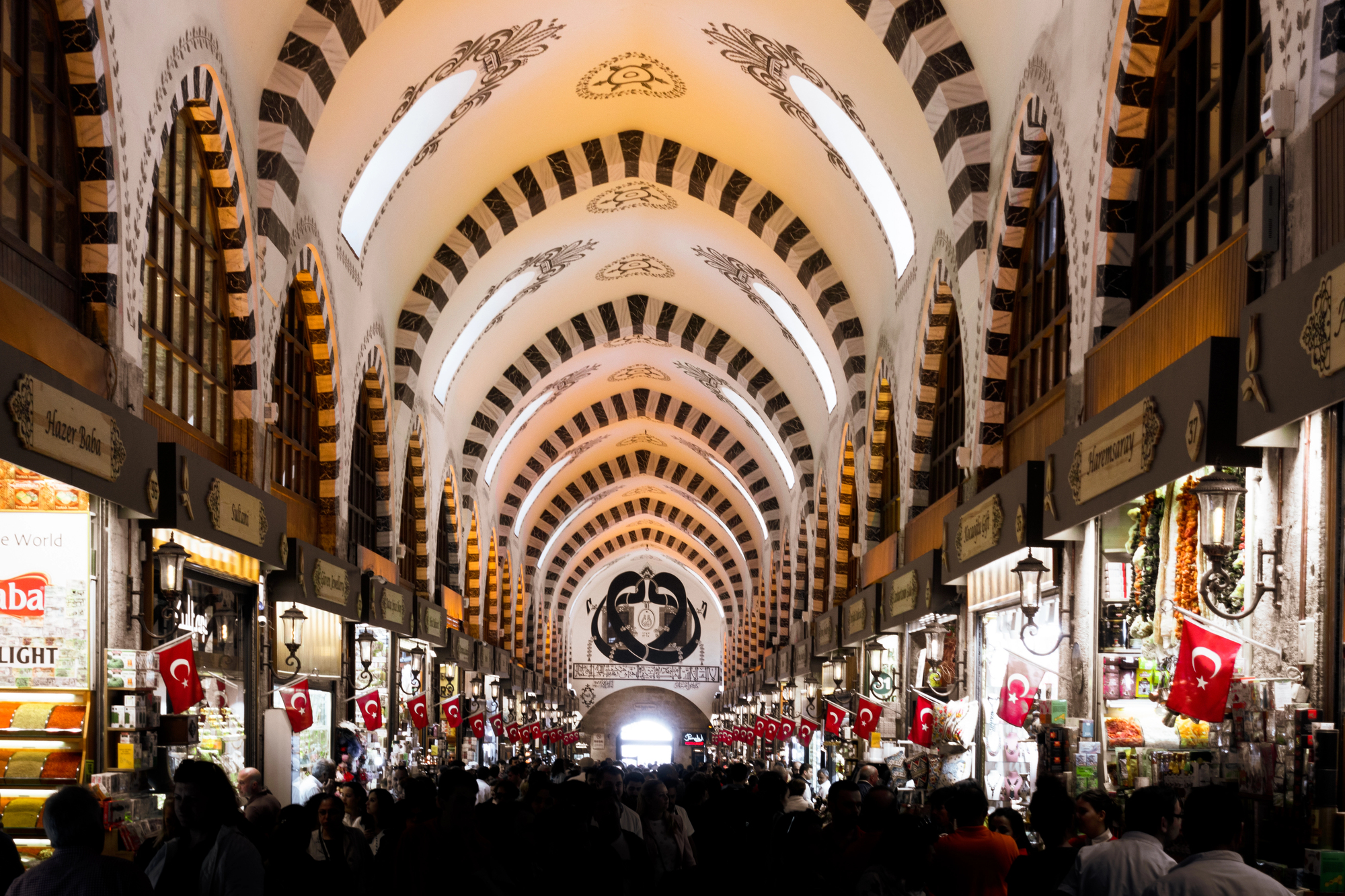
Istanbul’s Grand Bazaar has been the definition of ‘marketplace chaos’ since 1461, with over 4,000 shops crammed into a maze of covered streets that can confuse even GPS systems. You can buy everything from handwoven carpets and gold jewelry to Turkish delight and leather jackets—often from vendors whose families have operated the same stalls for generations.
The trick is not getting lost in the labyrinth while trying to navigate between aggressive carpet sellers and the incredible aromas wafting from spice vendors.
Chatuchak Weekend Market, Bangkok
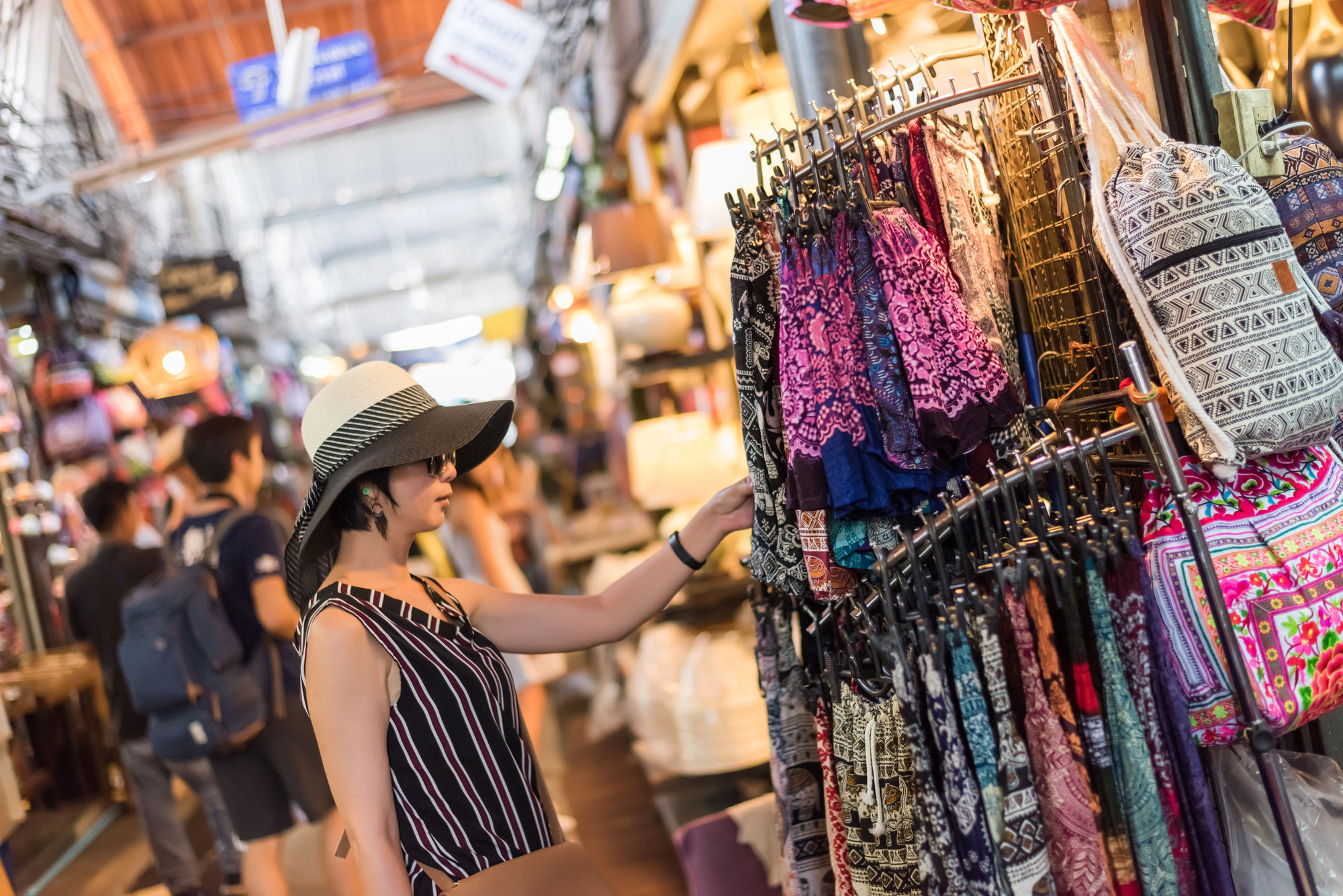
Bangkok’s Chatuchak Market spreads across 35 acres and contains roughly 15,000 stalls selling absolutely everything you can imagine—and plenty of things you can’t. The market operates only on weekends when it transforms into this massive outdoor shopping city where you can buy live animals, vintage clothes, street food, antiques, and handmade crafts all within a few hundred yards of each other.
The heat and crowds can be overwhelming, but the sheer variety of goods and the energy of 200,000 daily visitors create an experience that’s uniquely Thai.
Mercado Central, Santiago
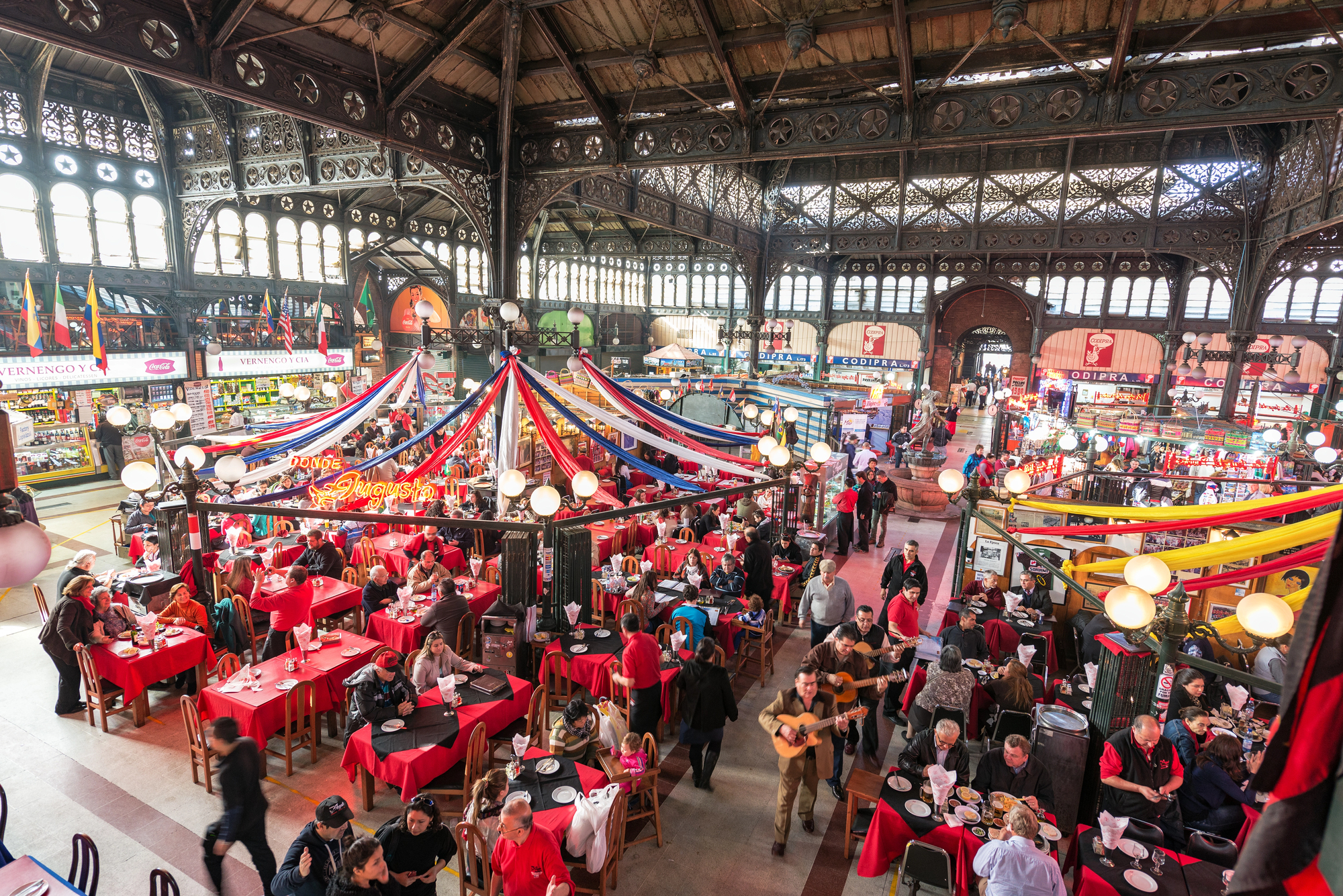
Chile’s Mercado Central started as a food market in the 1870s but has evolved into this sprawling complex where seafood vendors share space with souvenir shops, restaurants, and artisan workshops. The cast-iron architecture creates these beautiful covered spaces filled with the sounds of vendors calling out prices and the smells of fresh fish being grilled for lunch.
You can buy everything from Patagonian salmon to handwoven textiles, though the real attraction is watching local chefs select ingredients for some of Santiago’s best restaurants.
Like Travel Pug’s content? Follow us on MSN.
Khan el-Khalili, Cairo
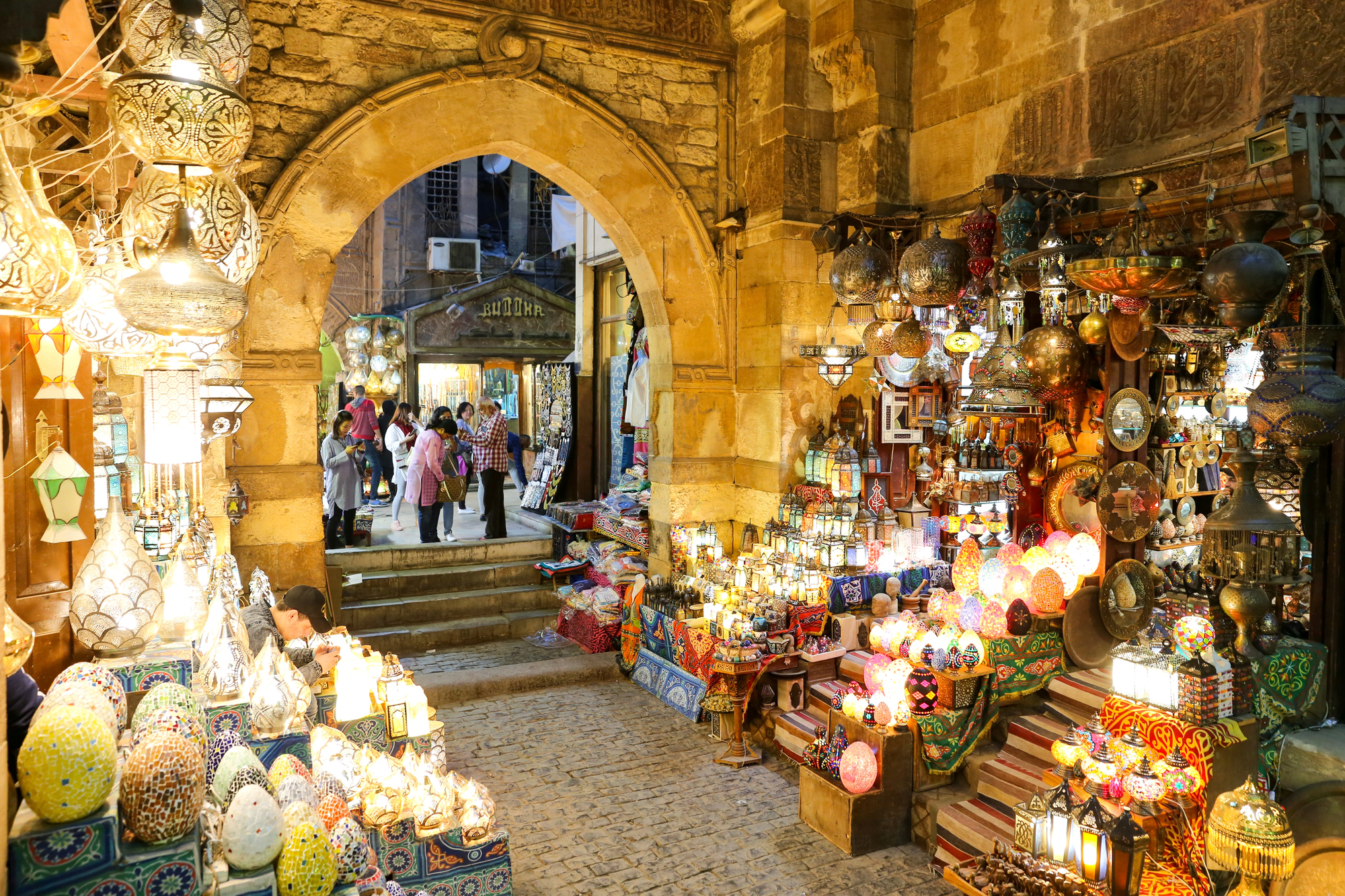
Cairo’s Khan el-Khalili bazaar has been operating since the 14th century, making it one of the oldest continuously functioning markets in the world. The narrow alleyways are packed with shops selling traditional crafts, spices, perfumes, jewelry, and Islamic art—all while vendors serve mint tea and engage in the ancient art of price negotiation.
Getting lost in the maze is practically guaranteed, but that’s part of the experience since you’ll discover hidden workshops where artisans still practice centuries-old techniques.
Borough Market, London
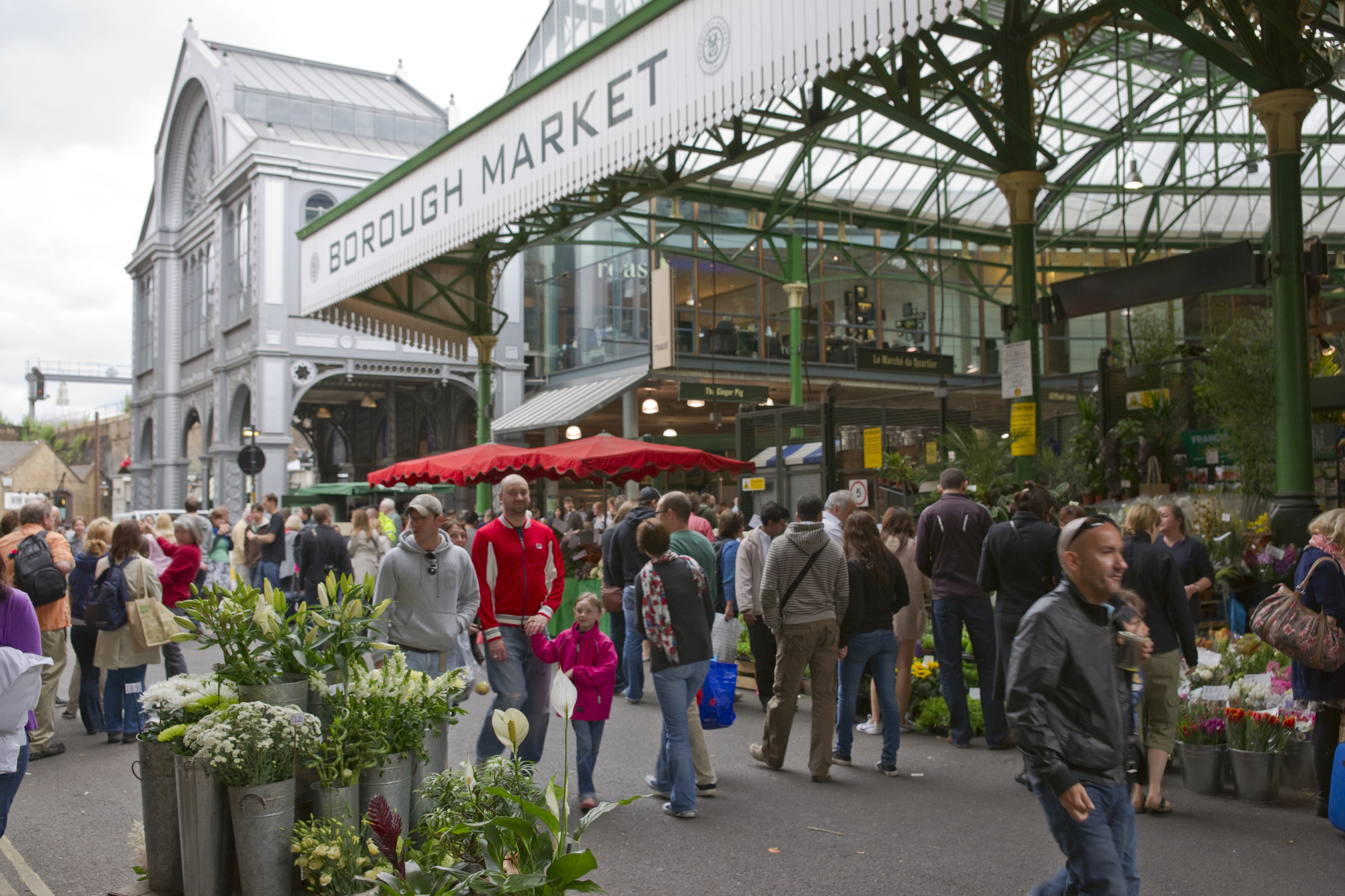
London’s Borough Market represents the upscale end of traditional markets, where high-quality food vendors sell everything from artisanal cheeses and organic vegetables to exotic meats and international delicacies. The Victorian railway arches create this atmospheric setting where you can sample foods from around the world—often with detailed explanations from passionate vendors who know the source of every ingredient.
It’s become quite touristy, but the quality and variety of food products make it worth fighting the crowds.
Mercado de San Miguel, Madrid
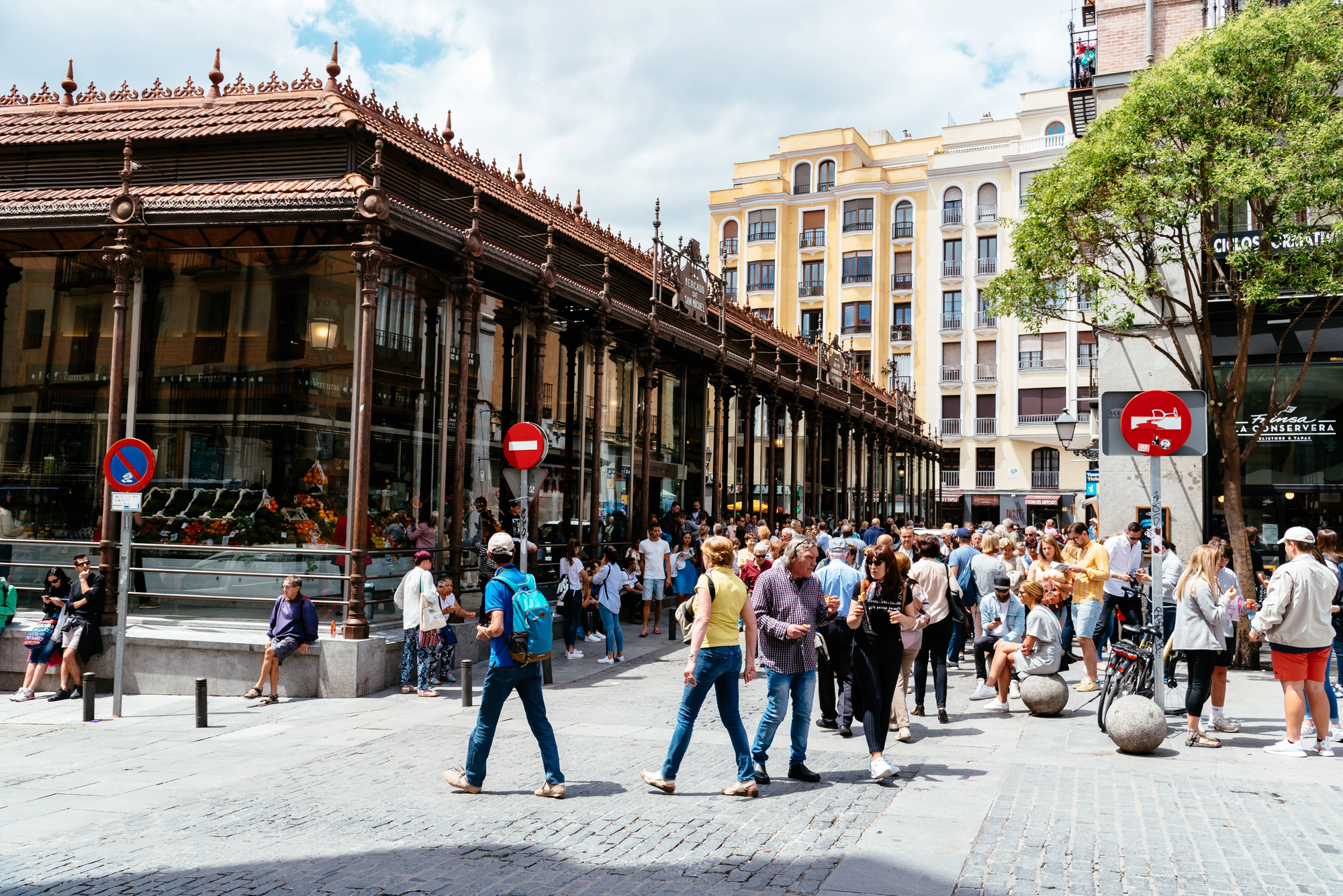
Madrid’s Mercado de San Miguel combines a traditional market atmosphere with a gourmet food hall concept, housed in a beautiful early 20th-century iron and glass structure. You can buy fresh produce, specialty foods, wines, and prepared dishes while standing at high tables scattered throughout the market floor—creating this social dining experience that’s uniquely Spanish.
The market stays open late, making it perfect for evening tapas tours where you can sample different vendors’ specialties with a glass of Spanish wine.
Like Travel Pug’s content? Follow us on MSN.
Grand Souq, Marrakech
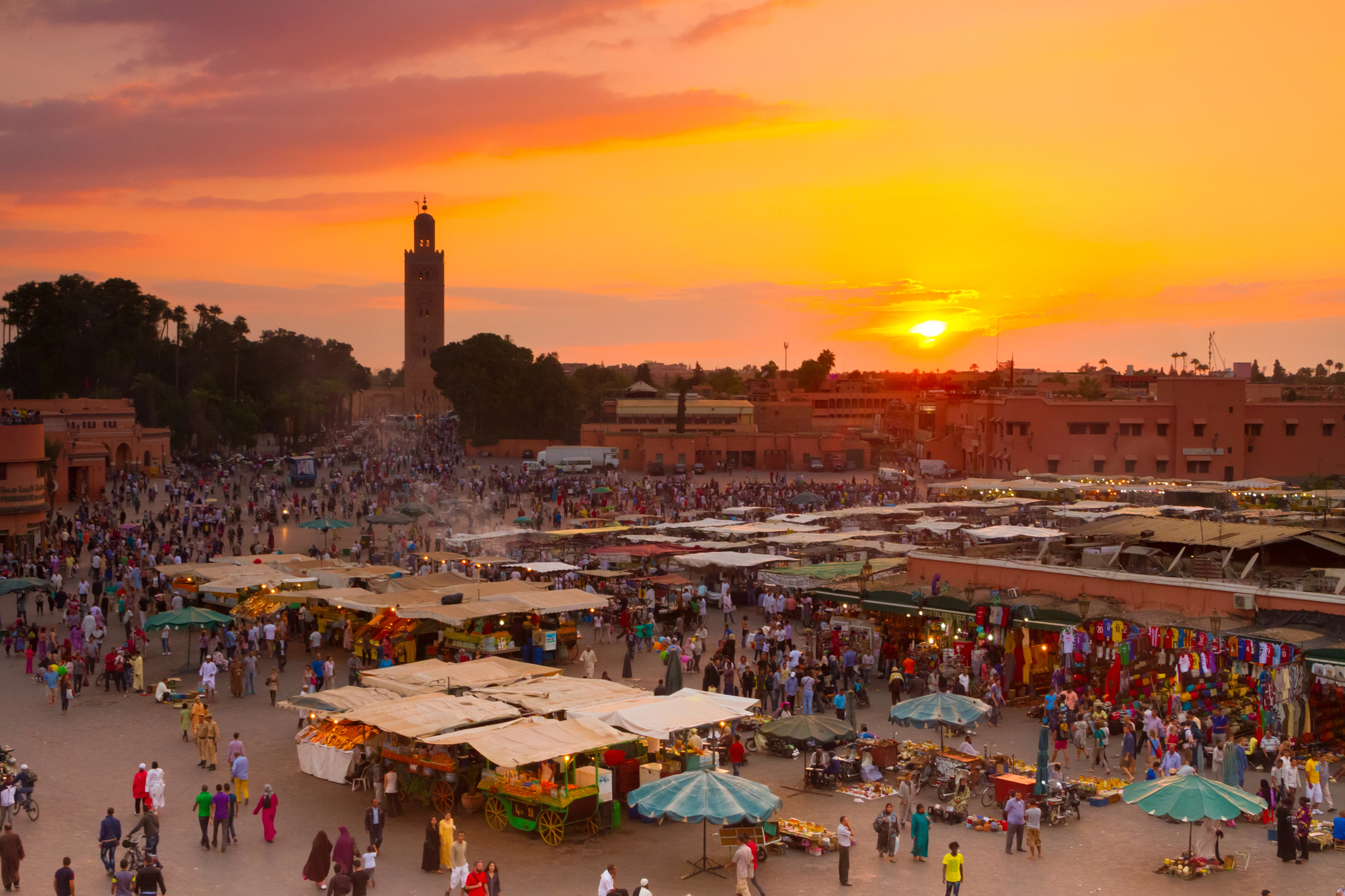
Marrakech’s Grand Souq is like navigating through a medieval trading post where vendors sell traditional Moroccan crafts, spices, leather goods, and textiles in narrow alleys that haven’t changed much since the 12th century. The sensory overload is intense—incense burning, vendors calling out in multiple languages, and the constant rhythm of metalworkers hammering brass and copper items.
Bargaining is expected and can be exhausting, but the quality of handmade goods and the cultural immersion make it an unforgettable experience.
Tsukiji Outer Market, Tokyo
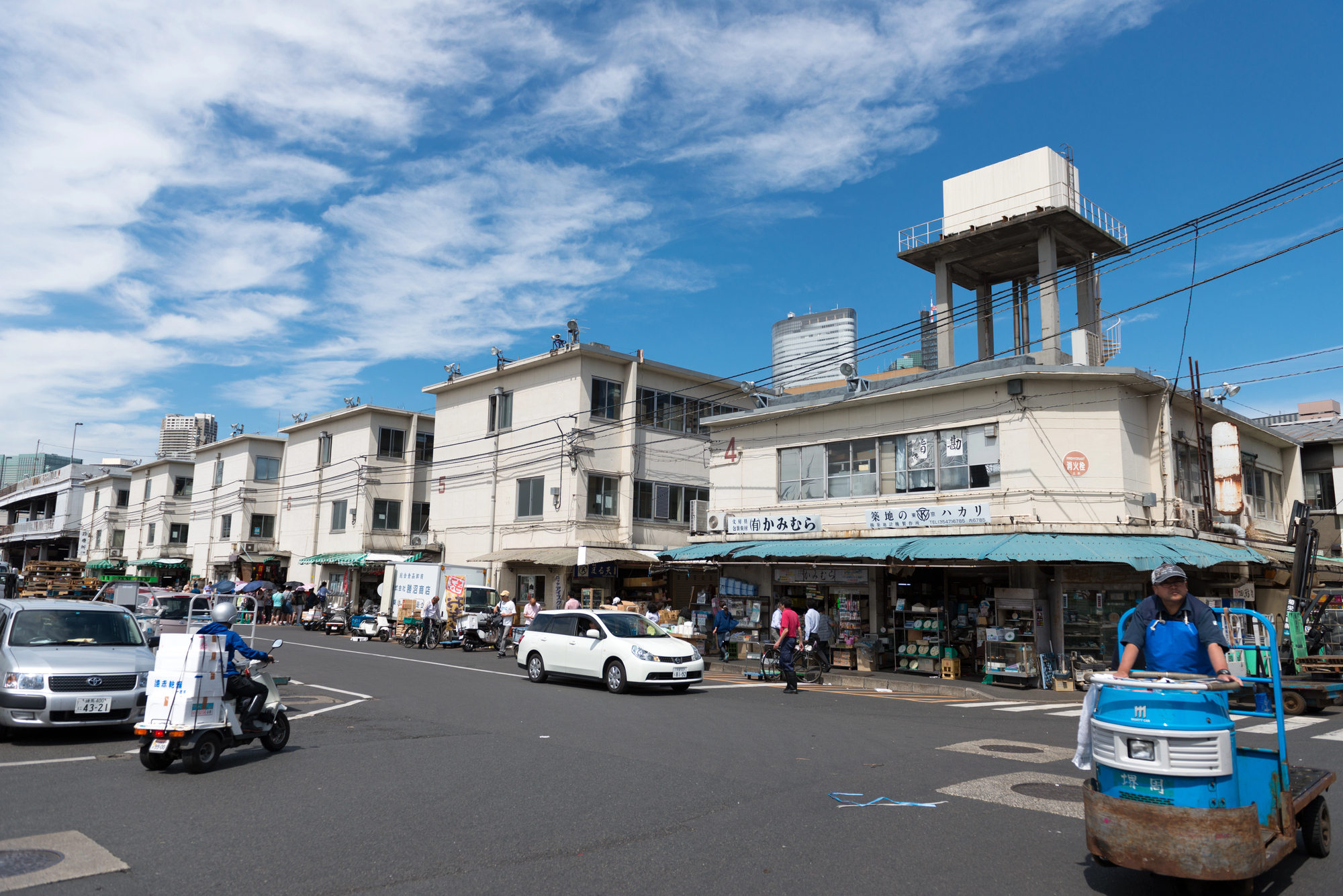
Though Tokyo’s famous fish auction moved to a new location, the Tsukiji Outer Market continues operating as this incredible food destination where you can buy everything from the freshest sushi-grade fish to traditional Japanese kitchenware. The narrow streets are packed with tiny shops and stalls selling ingredients, prepared foods, and cooking tools that professional chefs use in Tokyo’s best restaurants.
Early morning visits offer the best selection and the chance to experience the market’s authentic working atmosphere before tourist crowds arrive.
Camden Market, London
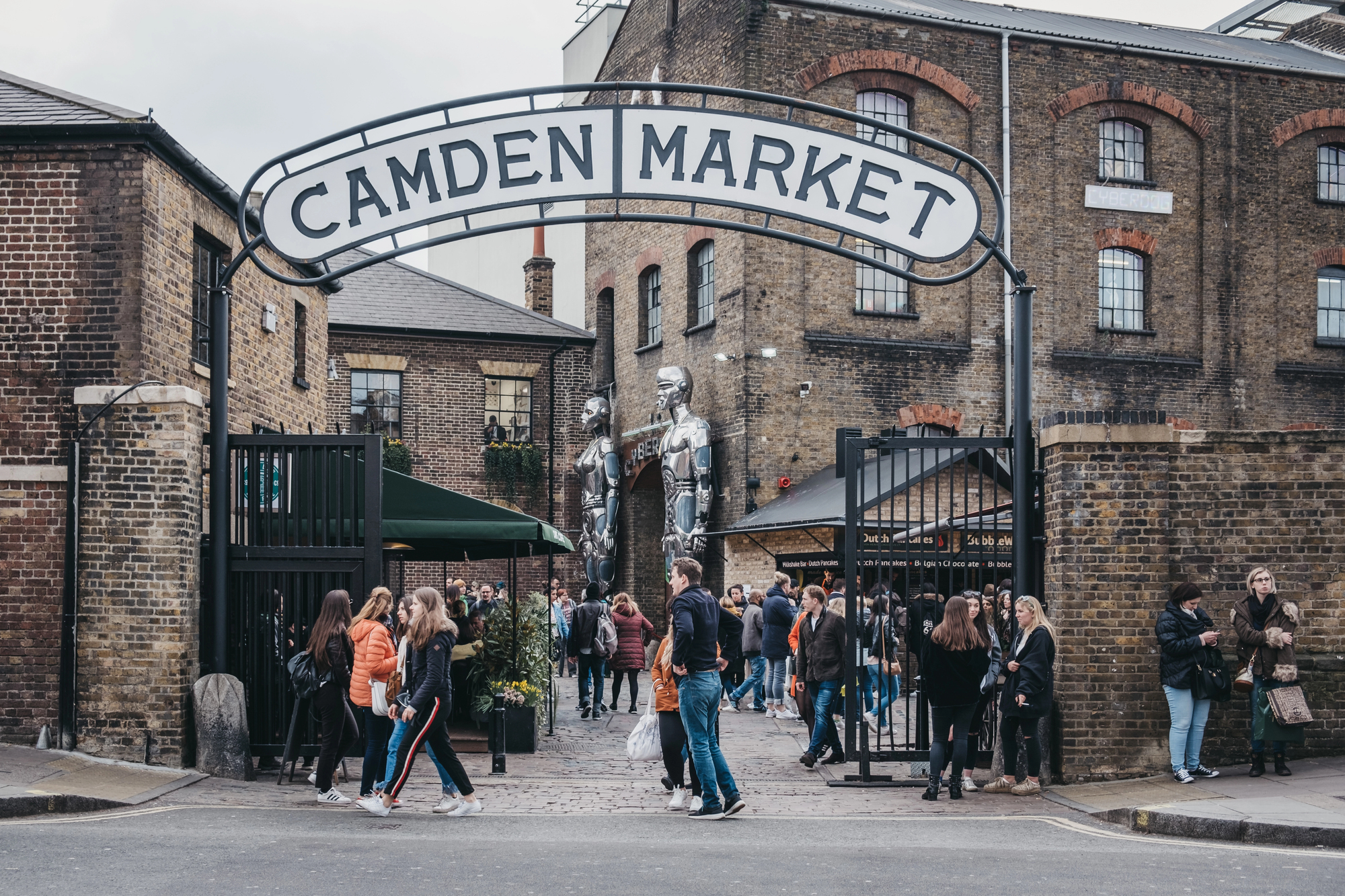
London’s Camden Market has evolved from a small craft fair into this massive complex of interconnected markets selling everything from vintage clothing and handmade jewelry to international street food and unusual collectibles. The punk rock aesthetic and alternative culture vibe attract crowds looking for items they won’t find in regular stores—whether that’s custom leather jackets, vinyl records, or bizarre home decor items.
Weekend crowds can be overwhelming, but the energy and creativity of independent vendors make it worth the chaos.
Like Travel Pug’s content? Follow us on MSN.
La Boqueria, Barcelona

Barcelona’s La Boqueria sits right on Las Ramblas and represents everything great about Spanish food culture in one colorful, aromatic space. The market combines traditional food vendors selling fresh produce, meats, and seafood with modern food stalls offering everything from traditional tapas to innovative fusion dishes.
The visual appeal is incredible—pyramids of tropical fruits, artfully arranged vegetables, and prepared foods that look like works of art—making it as much about the experience as the actual shopping.
Mercado do Ver-o-Peso, Brazil
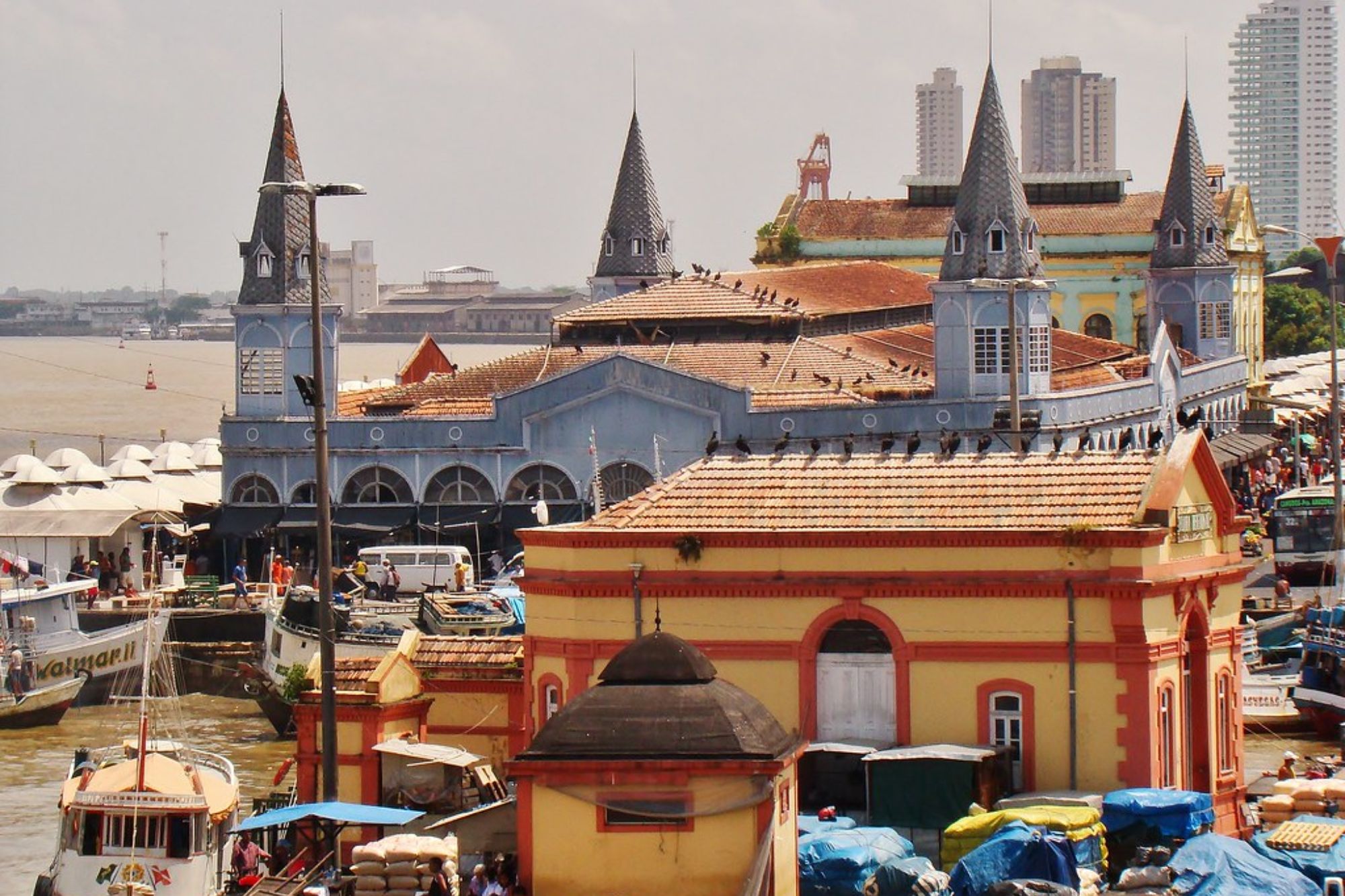
Brazil’s Ver-o-Peso Market in Belém operates along the Amazon River waterfront, where vendors sell everything from fresh fish caught that morning to medicinal herbs used in traditional Amazonian healing practices. The market’s name literally means ‘see the weight,’ referring to the colonial-era practice of weighing goods for taxation, and it maintains this authentic working atmosphere where locals shop for daily necessities.
You can buy exotic fruits you’ve never heard of, traditional crafts made by indigenous artisans, and street food that reflects the unique cultural blend of the Amazon region.
Spice Bazaar, Istanbul
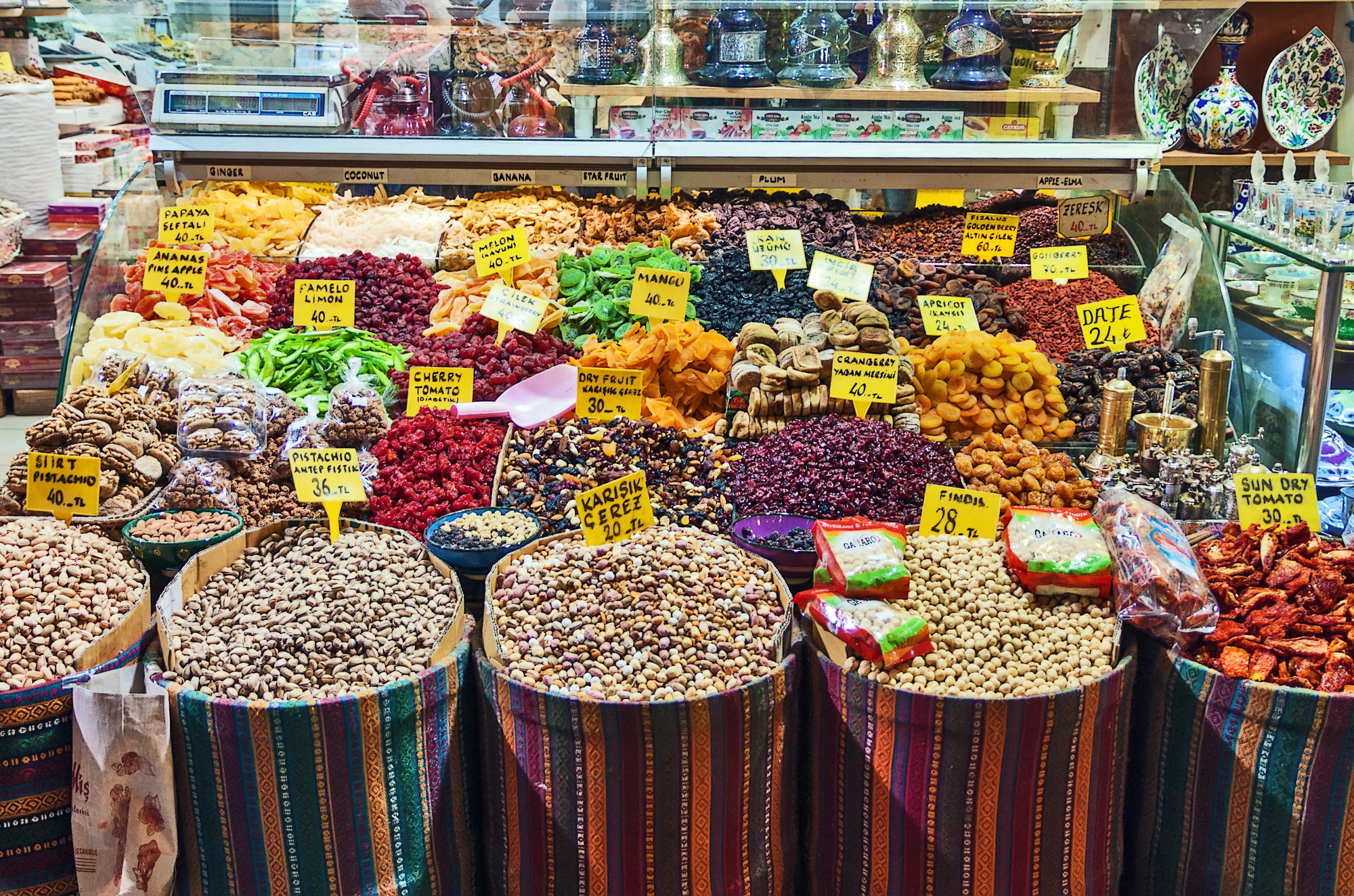
Istanbul’s Egyptian Spice Bazaar focuses primarily on spices, teas, and Turkish delights, but you’ll also find traditional sweets, nuts, dried fruits, and herbal remedies that promise to cure everything imaginable. The covered market creates this incredible aromatic environment where the smells of cinnamon, cardamom, and dozens of other spices blend into something almost intoxicating.
Vendors are happy to let you sample before buying, and many speak multiple languages since the market has been serving international traders for centuries.
Like Travel Pug’s content? Follow us on MSN.
Jemaa el-Fnaa, Marrakech
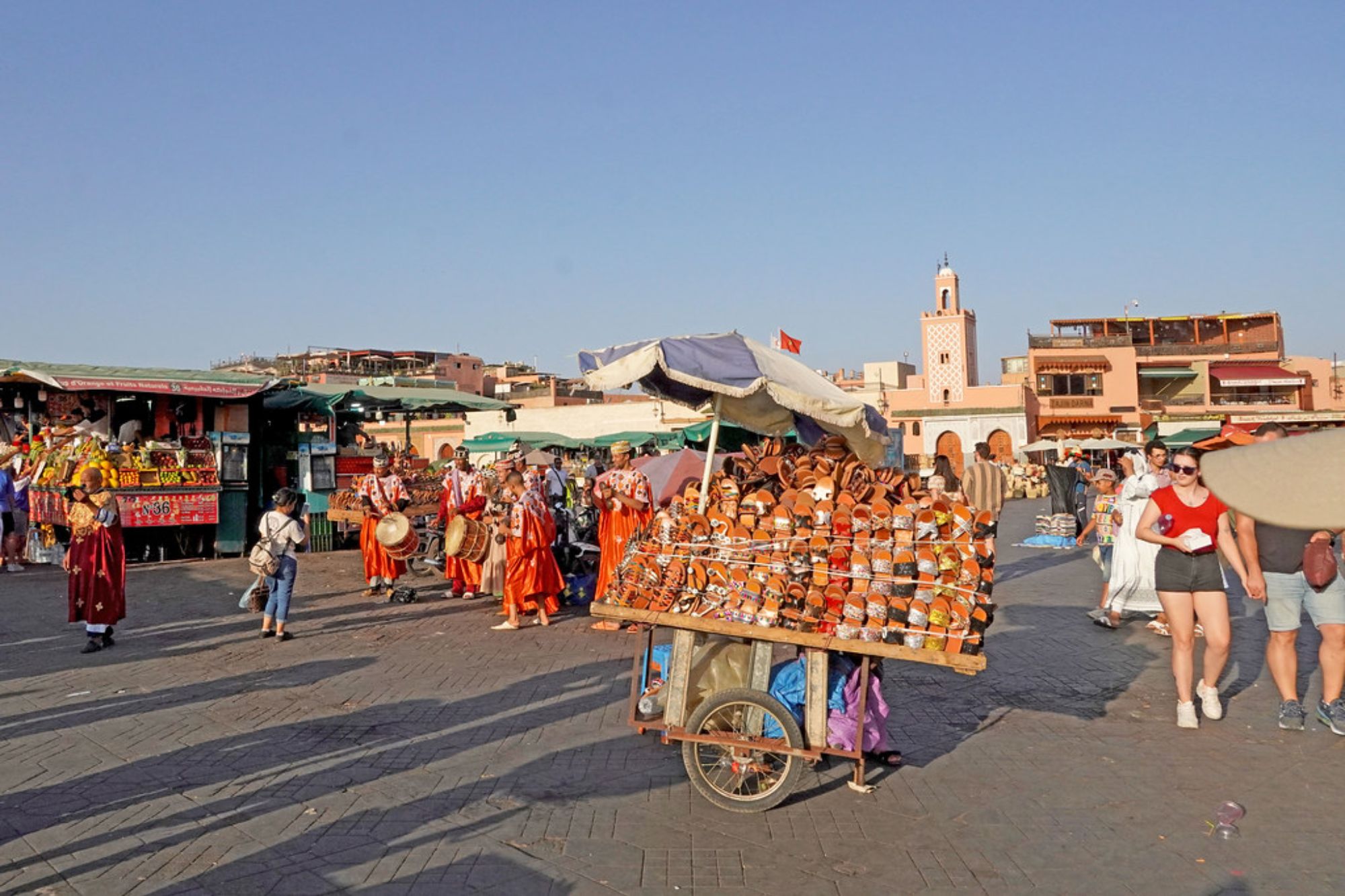
Morocco’s Jemaa el-Fnaa isn’t technically a covered market, but this massive square transforms throughout the day from a fruit and vegetable market into an outdoor food court with street performers, storytellers, and snake charmers creating entertainment between the stalls. As evening approaches, dozens of food vendors set up grills and serve traditional Moroccan dishes to crowds sitting at communal tables under the stars.
The atmosphere is unlike anywhere else—part market, part cultural festival, part outdoor restaurant.
Central Market, Kuala Lumpur

Malaysia’s Central Market started as a wet market in the 1930s but now serves as this cultural center where you can buy traditional Malaysian crafts, textiles, artwork, and souvenirs while enjoying performances of traditional music and dance. The Art Deco building provides air conditioning, which is a blessing given Kuala Lumpur’s heat, while maintaining the authentic market atmosphere through independent vendors selling handmade goods.
The mix of Malay, Chinese, and Indian cultures creates incredible diversity in both products and food options.
Mercado Central, Valencia

Spain’s Mercado Central in Valencia claims to be one of the largest fresh food markets in Europe, housed in a stunning modernist building with beautiful tile work and stained-glass that makes grocery shopping feel like visiting a cathedral. The market specializes in fresh ingredients essential to Valencian cuisine—from bomba rice used in paella to fresh seafood from the Mediterranean coast.
Local chefs shop here daily, so you know the quality is exceptional, and many vendors offer cooking tips along with their products.
Like Travel Pug’s content? Follow us on MSN.
Riga Central Market, Latvia

Latvia’s Riga Central Market operates inside five massive former Zeppelin hangars, creating these cathedral-like spaces filled with vendors selling everything from smoked fish and local honey to traditional crafts and Soviet-era memorabilia. The market reflects Latvia’s complex history—vendors sell traditional Baltic products alongside Russian specialties and international goods, creating this unique cultural mix.
The architecture itself is worth the visit, but the variety of local products and the chance to experience authentic Baltic culture make it special.
Mercado Libertad, Guadalajara

Mexico’s Mercado Libertad (also known as Mercado San Juan de Dios) claims to be Latin America’s largest indoor market, with over 3,000 vendors selling everything from fresh produce and traditional Mexican crafts to electronics and clothing. The three-story complex can be overwhelming in its scope and intensity—vendors call out in Spanish while mariachi music plays in the background, and the aromas of street food mix with leather, spices, and fresh flowers.
It’s Mexico’s market culture at its most authentic and chaotic, where locals and tourists navigate the same crowded aisles looking for bargains.
Markets as Cultural Crossroads

These traditional markets represent something that online shopping and modern retail chains can never replicate—the human connections, cultural immersion, and sensory experiences that come from centuries-old trading traditions. Each market reflects its local culture through the products sold, the languages spoken, and the social rituals that surround buying and selling goods in communal spaces.
While globalization has standardized much of modern commerce, these markets preserve the diversity, creativity, and authentic local character that make travel meaningful. As cities modernize and shopping habits change, these traditional markets serve as vital links to cultural heritage and community identity that deserve protection and celebration.
More from Travel Pug

- 20 Best Beach Towns in the Carolinas
- 13 Destinations Where Tourists Regularly Regret Their Trip
- 20 Destinations That Are More Magical Without an Itinerary
- 20 Underrated Adventures That Belong on Your Travel List
- 20 Cities Where You Should Just Wing It, No Planning Required
Like Travel Pug’s content? Follow us on MSN.
